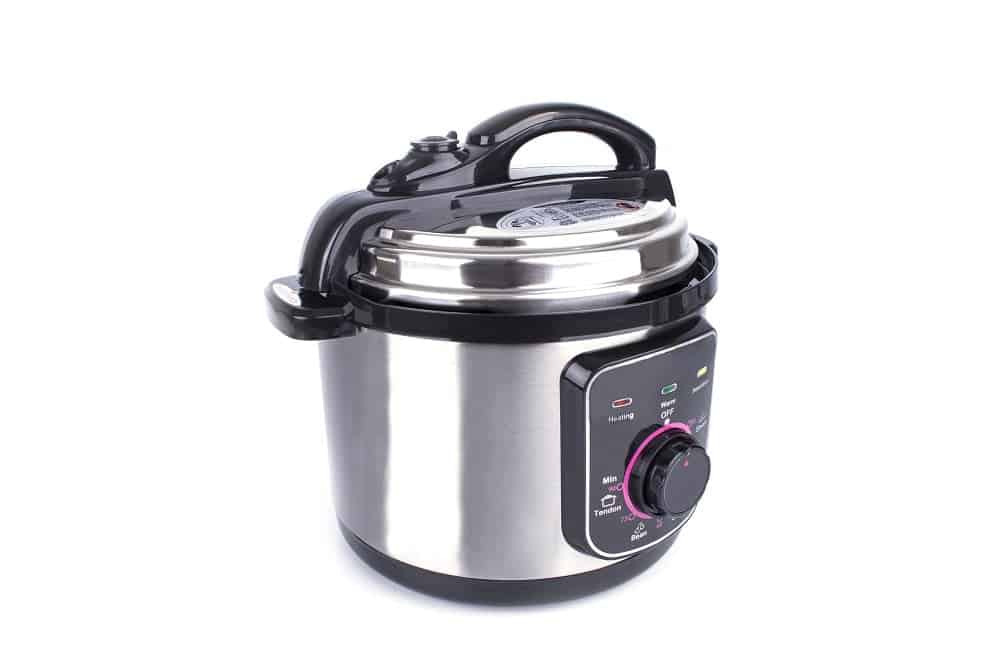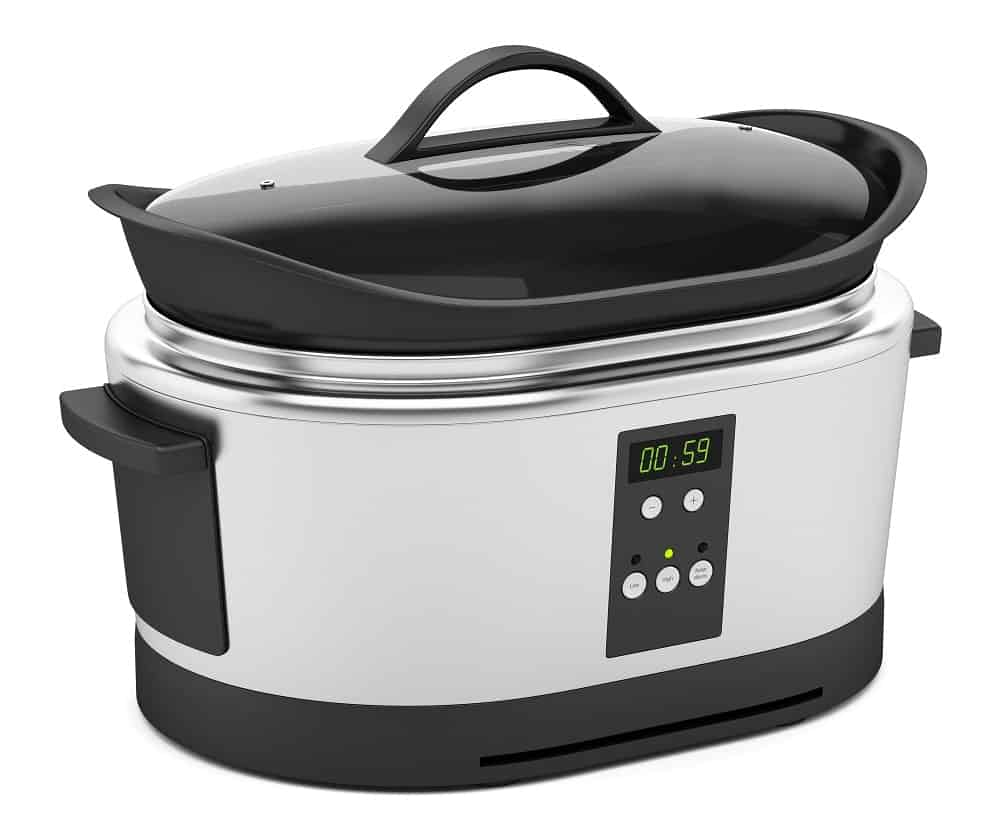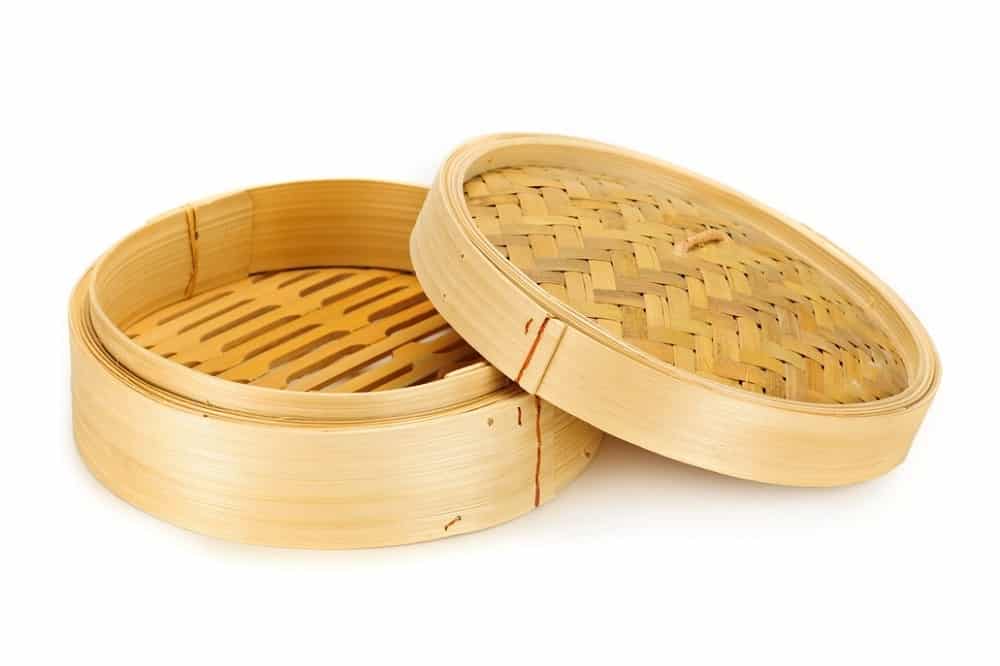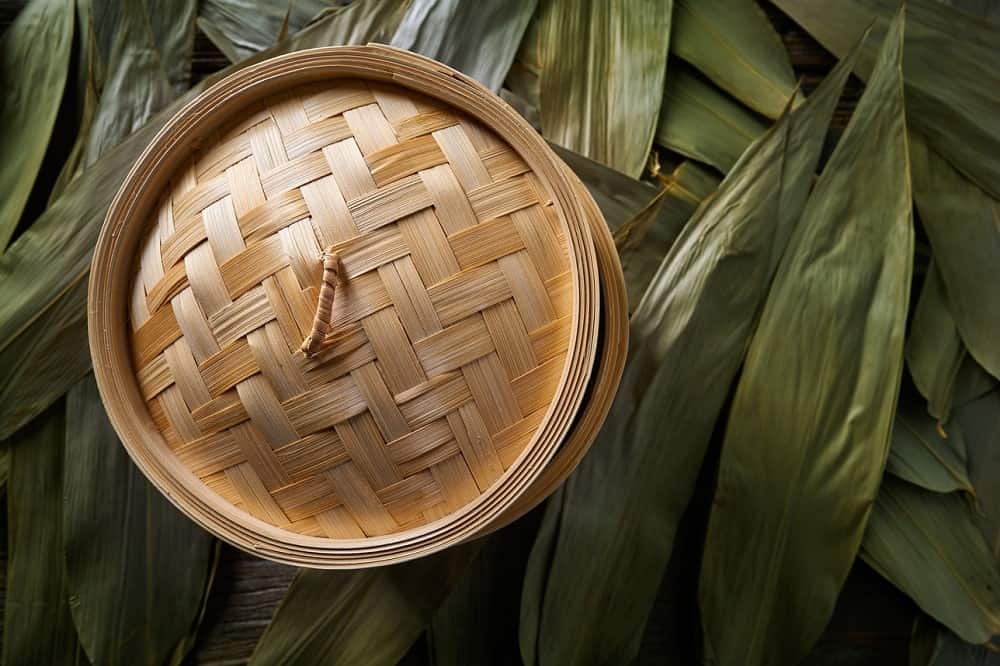Rice, a seed produced by monocot plants, is eaten all over the globe and is used as a side dish to a wide variety of cuisines. Rice takes a long time to cook, and it may not be easy to synchronize the cooking of the rice with the cooking of the main meal you are serving.
The best course of action is to ensure that the rice is fully cooked and warm till it is time to serve it. Allow me to share with you some ways for keeping your rice warm after being cooked in this article.
Methods For Keeping Your Rice Warm
Maintaining warm rice is difficult when you need to move it or won’t be eating it for a long time. Here are the ways to do it:
Making Use of the “Keep Warm” Feature on a Rice Cooker
1. Prepare the rice cooker as usual. Many people use rice cookers to keep their rice warm after cooking it in them. Please refer to your rice cooker’s manual for specific instructions.
2. Keep your rice cooker warm by setting it to “keep warm.” Turn on “cook,” then “keep warm” to cook your rice. It can keep rice warm for 2-3 hours.

By the time it’s been cooked for 2 to 3 hours, the rice is gummy and sticky and may catch fire. However, it is still edible. If the rice cooker is left unattended for more than a day, bacteria may grow within.
Not all rice cookers include a warming function. Attempt to finish early.
3. For every cup of cooked rice, add 1 tablespoon (15 mL) water. In the rice cooker, cooked rice loses moisture. Adding water to your cooked rice helps rehydrate it.
Increase the water quantity to suit the amount of cooked rice.
4. Stir it every 15-30 minutes and add additional water if necessary. Keep the heat low to avoid the rice from sticking to the pot. Add 1 tablespoon (15 mL) water at a time, mixing well after each addition until the rice is moist. How wet you want your rice is entirely up to you.
Warming rice cookers typically have several heat settings. To avoid burning the rice, you should check it often when using the warming function.
Using a Slow Cooker or Crock-Pot
1. Fill the slow cooker with 12 inches (1.3 cm) of water. Adding water to the slow cooker prevents the rice from drying out. If the rice appears dry throughout the warming process, add additional water.

If you cooked your rice in a slow cooker, unplug it and leave it in the covered pot. You may add water to the rice if it needs it, but the slow cooker should keep it warm and wet for 1 to 2 hours.
2. Plug in the cooker and set it to the lowest temperature. Slow cookers and crock pots keep rice warm well. Each keeps the rice from overcooking or scorching.
The lowest setting should be adequate to keep the rice warm. If you think your slow cooker’s lowest temperature setting won’t do it, use your best judgment and raise it. This way, you can always check the rice and adjust the setting afterward.
3. Slowly pour the cooked rice into the slow cooker. The water in the saucepan may splatter on your face. So add the rice one spoonful at a time to avoid this.
After spooning the rice into the slow cooker, attempt to level out any rice mounds. Do not over-mash or press the rice, making it mushy and cling to the slow cooker.
4. Stir the rice before closing the slow cooker lid. The water in the pot should coat the rice. Avoid sticking and scorching the rice by doing this.
Try to fold or fluff the rice as you mix it. This will assist in circulating the rice from the bottom of the slow cooker and avoid crushed rice.
5. Keep stirring and adding water as required. To prevent the rice from burning, put a thin layer of water at the bottom of the slow cooker. If the water looks to be evaporating, add tiny quantities of water.
The rice will remain warm in the slow cooker for 2 to 3 hours. If you prepare it for any longer, the rice will turn soft and mushy.
Use Bamboo Steamer to Warm Up The Rice
1. Soak uncooked rice in water for 1 hour. To use a bamboo steamer to keep rice warm, you must first boil the rice in the bamboo steamer. To use the bamboo steamer, the uncooked rice must be soaked in warm water for 30 minutes.

If you are cooking a lot of rice, you may need to soak it for an extra hour.
2. Put cheesecloth in the bamboo steamer. The rice may become caught in the woven bottoms of bamboo steamers. That way, the rice won’t get stuck in or fall through the bamboo steamer.
If you don’t have a cheesecloth, you may line the bamboo steamer with cabbage leaves or parchment paper. Using parchment paper, make a tiny hole in the middle to allow steam to enter the bamboo steamer.
3. Pour the rice into a sieve and put it aside. The grains should be softer yet firm overall. Excess water in the bamboo steamer will make the rice mushy.
Make sure the strainer has tiny holes, so the rice doesn’t slide through. You may alternatively drain the rice using a sieve.
4. Submerge the steamer in the wok’s water. The bamboo steamer will stack on top of the wok and utilize steam for cooking the rice. So make sure the bamboo steamer is fully immersed; otherwise, your rice will be unevenly cooked.
If you don’t have a wok, use a saucepan. Just make sure the pot is broad enough to accommodate the bamboo steamer.
5. Boil the water in the stacked steamer and wok. The steam from the evaporating water cooks the rice in the bamboo steamer. If the water evaporates too fast during boiling, add additional water, or the rice may not cook correctly.
Adding additional water lowers the temperature of the heated water, making it take longer to boil.
6. Place the strained rice in the bamboo steamer and cover it. Pour the rice into the bamboo steamer using a big spoon. You may get dry grains or clumps and plops if you pour straight over the cheesecloth. This will save you from a mess.

Carefully place rice in the bamboo steamer. You don’t want to be burned by the steamer’s steam.
7. Cook the rice for 20 minutes at a simmer. Cook the rice for 20 minutes, but check for tenderness. If you like your rice softer, steam it for 2–3 minutes longer.
8. Remove the bamboo steamer and the cover. You don’t want your rice to steam. After a few minutes, replace the lid to keep the rice warm for an hour or until ready to serve.
Moreover, 1 hour of heated rice in the bamboo steamer causes mushy rice.

